For 75-year-old Temple Beth Israel of Highland Park and Eagle Rock, it was the need to re-landscape that steered the synagogue in an ecological direction. The status quo was 8,000 square feet of unwatered, weed-ridden and rarely mowed grass, along with three palm trees, two citrus trees and a 20-foot-high cactus.
One initial plan to “go green” was all too literal. A congregant in the 40-person, unaffiliated Conservative shul suggested replacing the lawn with pebbles and painting them green.
But temple member Jerry Schneider, long interested in sustainable landscaping, prevailed with a plan to retain the trees, while also planting water-conserving native shrubs that require little irrigation and upkeep.

At Congregation Brith Shalom in Bellaire, Texas, seventh-grader Jonathan Kleinman, left, and sixth-grader Jarrett Taxman collects recycling.
It was an effort perfectly in keeping with the evolving concept of Tu b’Shevat.
The holiday, whose name literally translates as the “15th day of the month of Shevat,” begins at sundown on Feb. 12. It’s known as the New Year of the Trees. A minor holiday with no prescribed mitzvot, it is often celebrated by planting trees locally or in Israel or by participating in a kabbalist-inspired seder.
But more recently, it has become a Jewish Earth Day, raising congregants’ spiritual consciousness, while concentrating on the physical benefits of installing energy-efficient lightbulbs; planting native, sustainable landscaping, and setting up recycling bins.
At Temple Beth Israel, the planting project, which is being done in phases with funding and physical assistance from a Jewish environmental group, has transformed congregants’ preconceived notions of drab native plants.
“We’re bringing a message that you can reap all the benefits of low-maintenance, low-water [landscape] and still get beauty — blossoms, colors, textures and smells,” Schneider said.
Different forms of what happened at Beth Israel are being replicated at synagogues all over, with projects taking place indoors and out. The connection of these efforts both to Tu b’Shevat and to a deep and traditional Jewish respect for nature is being increasingly acknowledged and promulgated.
When Rabbi Leah Lewis conducts the Tu b’Shevat seder at Leo Baeck Temple this year, congregants will learn about the special qualities of figs, olives and walnuts. They will also learn about the Jewish mandate to be stewards of the earth and, new this year, the congregational mandate to be stewards of their own synagogue.
“People are ready for it,” said Lewis, explaining that in only four months, the Reform temple with 710 families has created a 10-member Green Team and scheduled an environmental audit to evaluate energy-saving opportunities.
The effort to make synagogues eco-friendly, or green, can perhaps be traced back to November 1978, when Rabbi Everett Gendler, the father of Jewish environmentalism, climbed on the icy roof of Temple Emanuel in Lowell, Mass., to install solar panels to fuel the ner tamid, or eternal light, in the temple’s sanctuary.
“We plugged it almost directly into the sun,” said Gendler, now the temple’s rabbi emeritus.
Gendler claimed that the idea came to him one autumn day, when he realized that the ner tamid, when it was fueled by olive oil, a renewable resource, was truly perpetual. But powered by electricity, with its sometimes finite and questionable sources, the flame had lost some connection with its symbolism.
While synagogues did not immediately follow Gendler’s example, in the years following, a number of individual congregations began addressing environmental concerns. Most notable was Temple Emanuel, a Reform synagogue in Kensington, Md., which has been at the environmental forefront since 1989. Early on, it formed its own Green Shalom Committee to integrate environmental precepts into its physical structure and spiritual practices.
But ecological efforts by the organized Jewish community were sparse until after the U.N. Conference on Environment and Development, also known as Earth Summit, convened in Rio de Janeiro in 1992.
The following year, the Coalition on the Environment and Jewish Life (COEJL) was created to educate the Jewish community and mobilize it to carry out a Jewish response to pressing environmental issues, such as pollution, energy conservation, climate change and biological diversity.
Over the years, COEJL has organized campaigns that reach outward, such as initiatives to protect endangered species and to protect forests. Recently, however, it has embarked on a project closer to home. Greening Synagogues, in conjunction with GreenFaith, New Jersey’s interfaith environmental coalition, launched its pilot program in fall 2004 with four New Jersey synagogues.
At Agudath Israel in Caldwell, one of the participating synagogues, the number of environmental activists has mushroomed from three or four to 45 committed Green Team members, according to Program Director Randi Brokman.
The Conservative synagogue is planning to rebuild its entire facility, breaking ground next June and incorporating many energy-saving plans. In the meantime, the membership, consisting of 900 families, has managed to reduce disposable waste by 30 percent to 50 percent, primarily through recycling and reducing the use of paper and plastic goods.
“We have put environmental issues more in the consciousness of congregants,” Brokman said. “That’s the goal.”
That’s COEJL’s initial goal also. “But ultimately, we want this to filter down into homes,” said Barbara Lerman-Golomb, COEJL’s associate executive director. “We want this to become second nature to anyone involved in the project, to feel that it’s the ethical, moral and Jewish thing to do.”
That’s also the goal for CoejlSC, the Coalition on the Environment and Jewish Life of Southern California, an independent affiliate of the COEJL. Founded in 1999, CoejlSC began its own Green Sanctuaries program around 2001, in conjunction with the Interfaith Environmental Council and 16 pilot congregations, more than half of them Jewish.
Stewardship of the environment, advocated by many Jewish texts, stems from the concept of bal taschit, which cautions against waste. This first appears in Deuteronomy 20:19, which prohibits the destruction of fruit trees in wartime.
But for many synagogues, greening is not just about fulfilling a spiritual mandate. Depending on size and building usage, a synagogue can save from $10,000 to $40,000 in energy costs through conservation practices, said Lee Wallach, co-founder of CoejlSC.
“The $40,000 is extreme, but that’s what Sinai Temple [in Westwood] is on the road to saving — without installing solar,” Wallach said. “That’s just changing out lightbulbs; installing energy-saving products, such as window tinting, and regulating electricity use.”
The first step is usually creating a Green Team, but that generally doesn’t happen unless one person — congregant, clergy or staff person — is ecologically passionate. At Congregation B’rith Shalom, a Conservative synagogue with 400 families in Bellaire, Texas, religious school principal Joy Rosenberg began raising the congregation’s consciousness when she arrived two years ago.
With the clergy and congregation’s support, she launched a paper recycling program last fall, contracting with a recycling company and eliciting the support of the 125 religious school students in preschool through 12th grade. In the first two months, the synagogue collected 6,649 pounds of paper.
At Congregation Ahavath Beth Israel in Boise, Idaho, it is Rabbi Dan Fink who “nags” his 190-family Reform congregation into ecological awareness.
Under the leadership of Fink, who co-authored “Let the Earth Teach You Torah” (Shomrei Adamah, 1992), Ahavath Beth Israel took recycling to an extreme. Needing to move to a larger site, it recycled its 108-year-old Moorish-style landmark shul, hoisting the 60-ton building on to a truck in October 2003 and moving it three miles to the new location.
In addition to preserving the building and its materials, Fink said, congregants re-engineered the entire infrastructure “so we now have much more energy-efficient heating, cooling and lighting.”
Ecological accountability has also been in the forefront of Temple Israel of Hollywood’s plans for its $20 million-plus campus expansion and renovation. The synagogue is selecting an architect who will be charged with incorporating such sustainable elements as natural lighting, solar heating panels and the right kind of insulation.
“This is a high value for us,” said John Rosove, senior rabbi.
Environmental activism is most commonly associated with politically liberal congregations. For most Orthodox synagogues, environmental activism is comparatively new. Canfei Nesharim (the wings of eagles), the first and perhaps only Orthodox environmental organization, was launched on Tu b’Shevat 2003.
While still at the concept stage, according to Executive Director Evonne Marzouk, the volunteer organization is dedicated to educating Orthodox Jews about protecting the environment from a halachic, or legal, perspective and recently published “Compendium of Sources in Halacha and the Environment,” available on Canfei Nesharim’s Web site.
Among Orthodox congregations reacting favorably to Canfei Nesharim’s message is B’nai David-Judea Congregation in Los Angeles, which is moving discussion about environmental issues from back to front burner, said Rabbi Yosef Kanefsky.
“While Canfei Nesharim’s emphasis is on study, I would like B’nai David’s emphasis to be on action,” said Kanefsky, who is especially concerned about the impact of “carbon footprints,” referring to the effect that human activities have on the environment, measured in units of carbon dioxide.
Within traditional sources, perhaps the most compelling argument for preserving the environment, quoted by Marzouk and others, is a Midrash in Ecclesiastes Rabbah (7:13). It talks of how when God first created human beings, He showed them around the Garden of Eden and then warned, “Take care not to corrupt and destroy my world, for if you do, there will be no one to repair it after you.”
Here are the Web sites of some Jewish environmental organizations:
www.coejl.org
www.coejlsc.org
www.canfeinesharim.org
www.uscj.org/pacsw







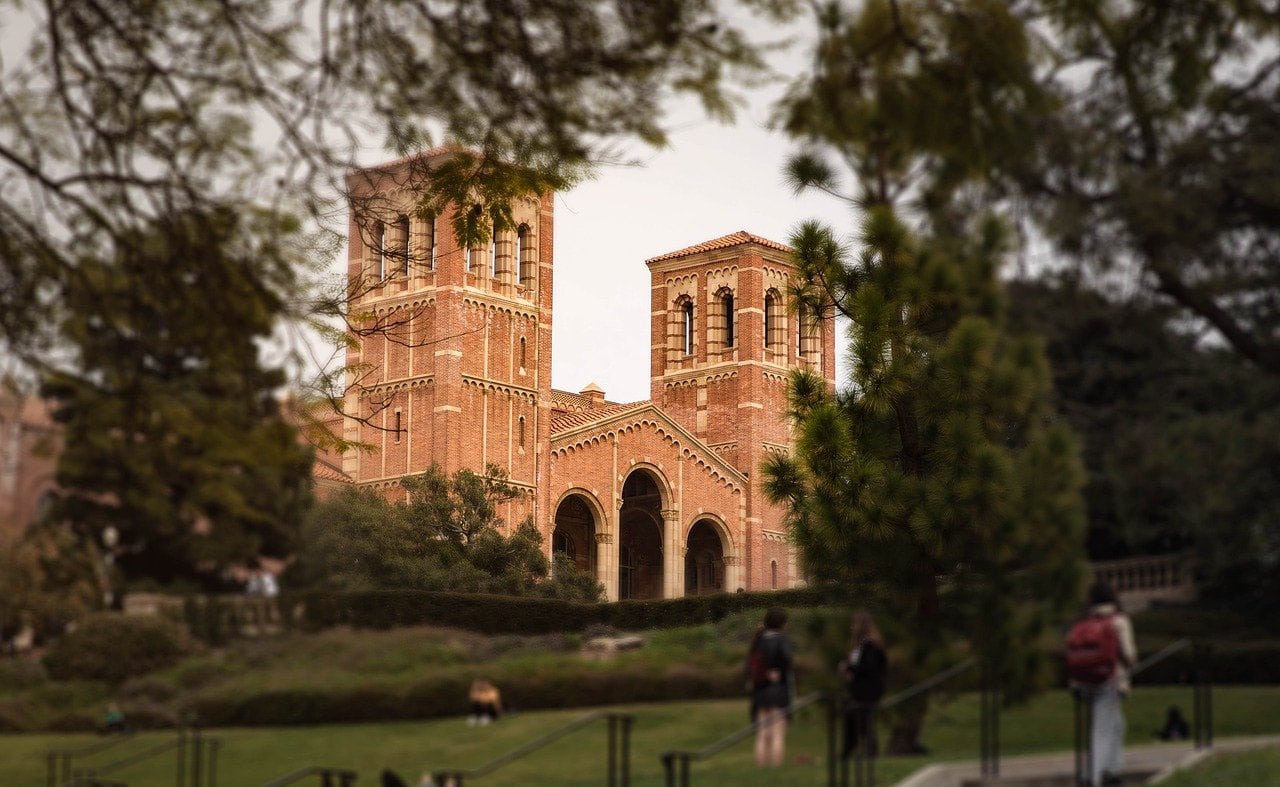


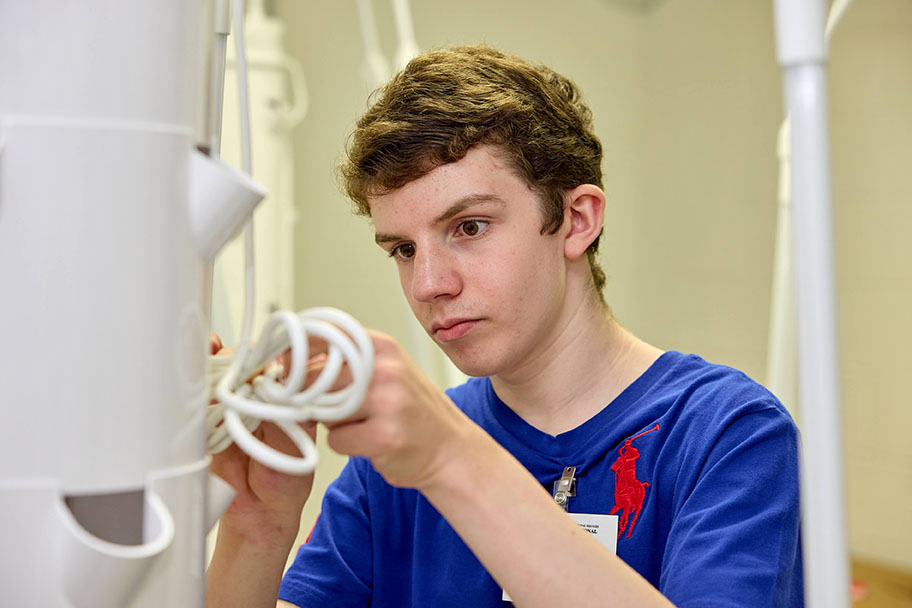

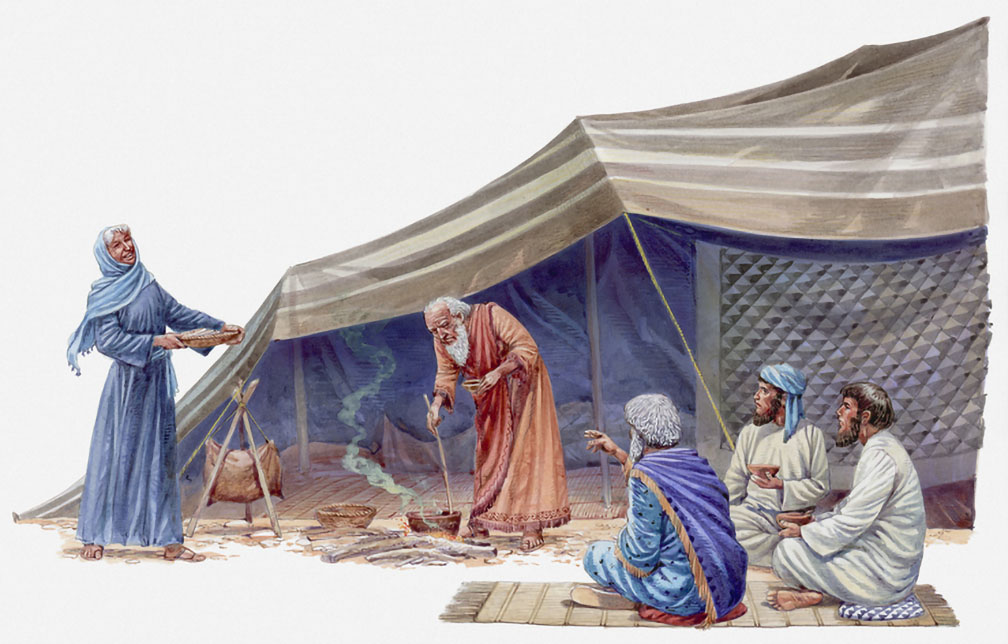

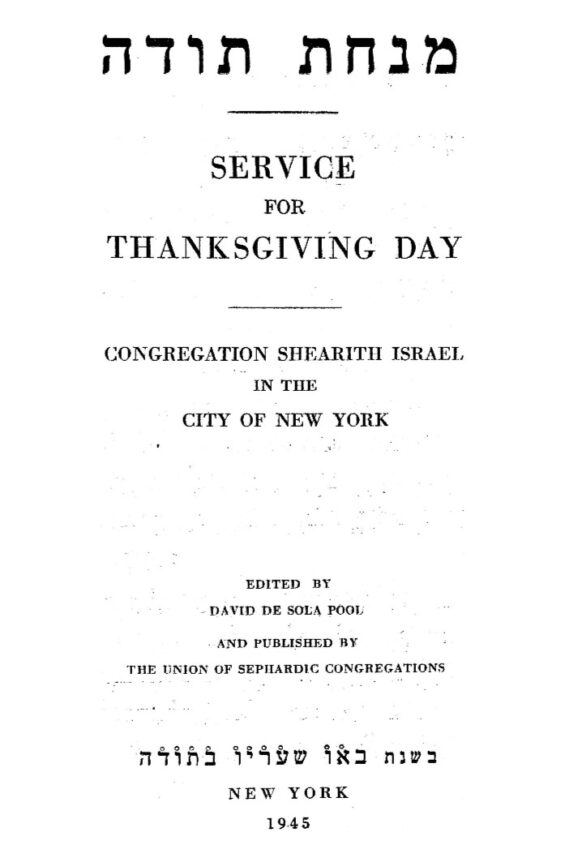
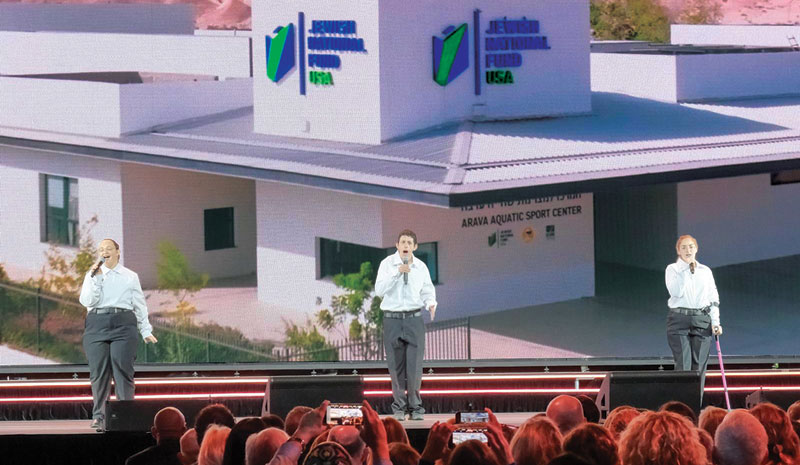




 More news and opinions than at a Shabbat dinner, right in your inbox.
More news and opinions than at a Shabbat dinner, right in your inbox.